Where to Put Flea Treatment on Cat: Updated 2025 Guide
Fleas are a common struggle for cat owners. They cause itching, skin irritation, and can even transmit serious diseases. Many owners buy flea medicine but apply it in the wrong place, reducing its effectiveness and putting their cat at risk of licking toxic chemicals. Knowing the correct where to put flea treatment on cat is essential for safety and results. This guide explains safe application, common mistakes to avoid, and other proven flea prevention strategies.
Where to Put Flea Treatment on Cat
Best Application Spot
The most effective and safe spot is the back of the neck, specifically between the shoulder blades. This is the area cats cannot reach with their tongue, preventing ingestion of the flea medicine. Most manufacturers recommend applying directly onto the skin at this location.
Why This Spot Works
The neck and shoulder area has thinner fur, which makes it easier for the liquid to reach the skin. Correct placement ensures the flea treatment spreads through the oils in the skin and coats, killing fleas efficiently. If placed incorrectly, it may stay on fur instead of absorbing.
Application Tips
Part the fur until you see the skin clearly.
Apply the full dose directly on the skin, not on the fur.
For larger cats or higher volumes, divide the dose into 2–3 spots along the spine.
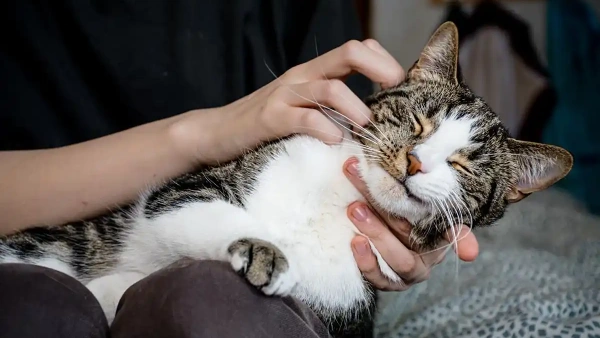
Can You Apply Flea Medicine Anywhere on Cats?
No. It’s unsafe to put flea medicine on just any part of your cat’s body. Areas like the tail base, legs, or stomach can be easily licked. Applying to the wrong location not only reduces effectiveness but also increases the risk of poisoning. Always use approved spots recommended by vets and product labels.
When Can You Touch the Area After Application?
Absorption Time
Flea medicine usually takes 24–48 hours to absorb fully. During this period, avoid touching the treated area to allow the product to work correctly.
Safety Guidelines
Do not bathe your cat within 48 hours after treatment.
Keep children and other pets away from the treated area.
If you need to handle your cat, pet them in other areas.
Signs Your Cat Has Fleas
Frequent scratching, biting, or licking.
Hair loss or red bumps on the skin.
Presence of flea dirt (tiny black specks).You can refer to how to get rid of fleas on cats for more information.
Fatigue, loss of appetite, or pale gums (possible anemia).
How to Eliminate Fleas Effectively
Using Flea Medicine
Correct use of where to apply flea treatment on cats is key to killing adult fleas and preventing infestations.
Cleaning the Home
Vacuum carpets, wash bedding, and apply a household flea spray safe for cats to control flea eggs and larvae in the environment.
Long-Term Prevention
Apply flea treatments regularly as directed and combine with grooming tools like flea combs to check for early signs of infestation.
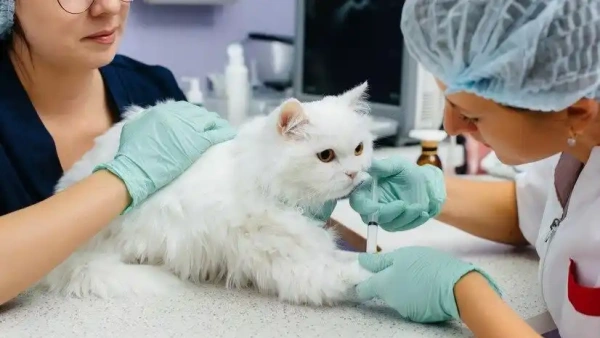
Flea Prevention Strategies for Cats
Use treatments consistently, especially in warm or humid climates.
Limit outdoor exposure where fleas and ticks are common.
Regularly wash blankets, toys, and carriers.
Everything Our Vets Recommend
Other Flea Control Options
Flea Combs
Useful for detecting and removing fleas but not a substitute for treatment.
Flea Powders
Can work but often less safe compared to topical treatments. Always check ingredients are safe for cats.
Flea Collars
Provide protection for weeks to months, though some cats may develop skin sensitivity.
Flea Shampoos
Effective for immediate relief, but effects are short-term and should be paired with longer-lasting solutions.
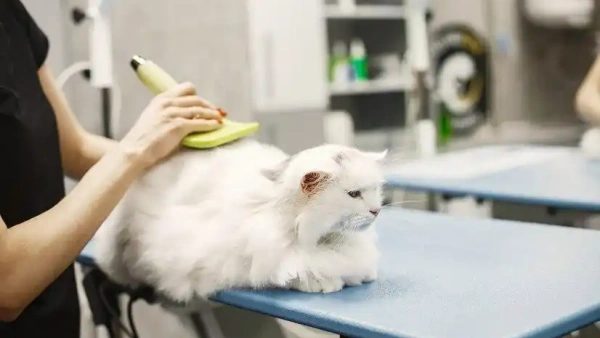
When to Use Flea Medicine
Apply immediately if you see fleas, flea dirt, or signs of itching. Preventively, monthly applications are recommended year-round in most regions, especially during spring and summer.
Where to Put Flea Treatment on Cat FAQs
How long after applying flea medicine can I bathe my cat?
Wait at least 48 hours before bathing to allow the medication to absorb fully.
What if my cat licks flea medicine?
Contact your veterinarian immediately. Symptoms of poisoning include drooling, vomiting, or shaking.
Can I use flea spray and topical treatment together?
Do not combine treatments unless advised by your vet, as overlapping chemicals can be dangerous.
Conclusion
Knowing exactly where to put flea treatment on cat is essential for safety and effectiveness. By applying medicine in the right spot, monitoring for side effects, and keeping your home flea-free, you can protect your cat year-round. Always consult your vet for the best flea prevention plan tailored to your cat’s needs.
You May Like:
- Natural Flea Control for Cats: A Simple Guide for Pet Parents
- How Long Does Flea Medication Take to Work? Updated 2025 Tips
- Flea Spray for Kittens: Best Options and Vet Advice 2025
- Best Cat Flea Spray for Cats in 2025: Vet Approved
User Comments
Does flea treatment kill ear mites too?
Can dogs take human probiotics?
Can dogs have people probiotics safely?
Related Articles
View all
How Often Flea Treatment Cat? Most Owners Get This Wrong

How to Apply Flea Medicine on Cats: Beginner’s Guide
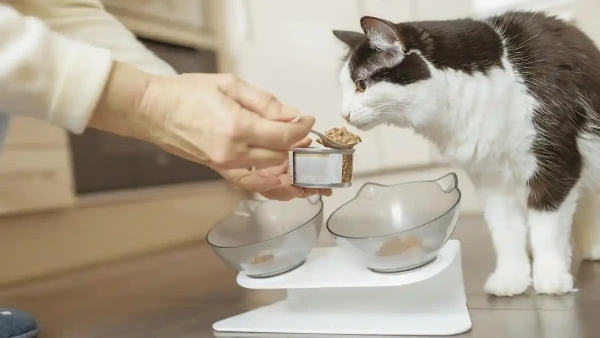
Best Cat Flea Spray for Cats in 2025: Vet Approved

Where to Put Flea Treatment on Cat: Updated 2025 Guide

How Often Flea Treatment Cat? Most Owners Get This Wrong

How to Apply Flea Medicine on Cats: Beginner’s Guide

Best Cat Flea Spray for Cats in 2025: Vet Approved

Where to Put Flea Treatment on Cat: Updated 2025 Guide
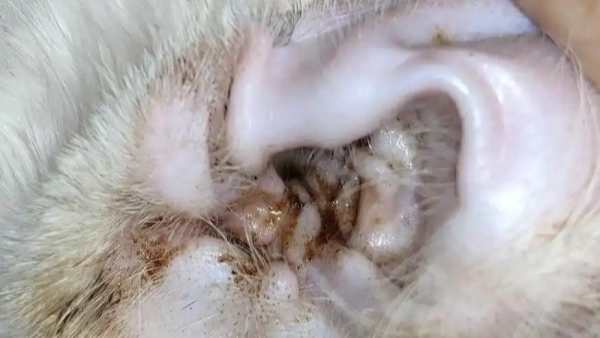
Best Flea and Ear Mite Treatment for Cats (2025 Review)

Safest Flea Prevention for Cats: A Complete 2025 Owner’s Guide

Flea Spray for Kittens: Best Options and Vet Advice 2025

Fleas on Newborn Kittens: Complete Treatment and Prevention
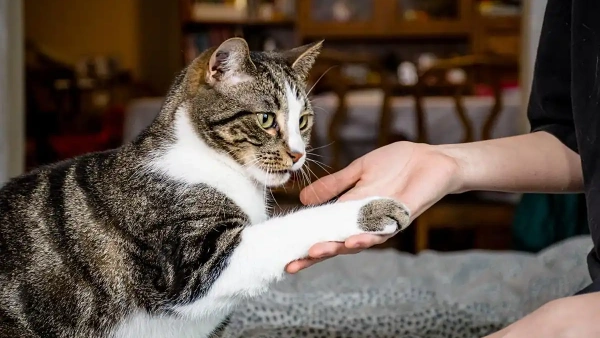

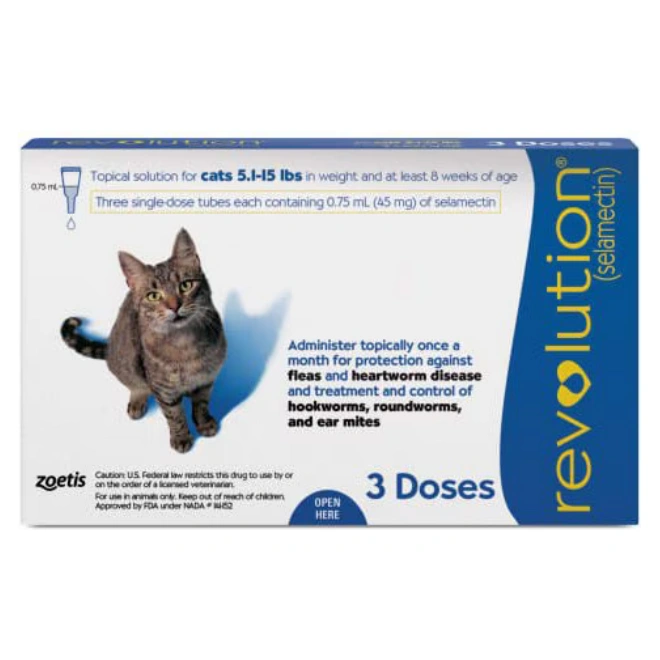
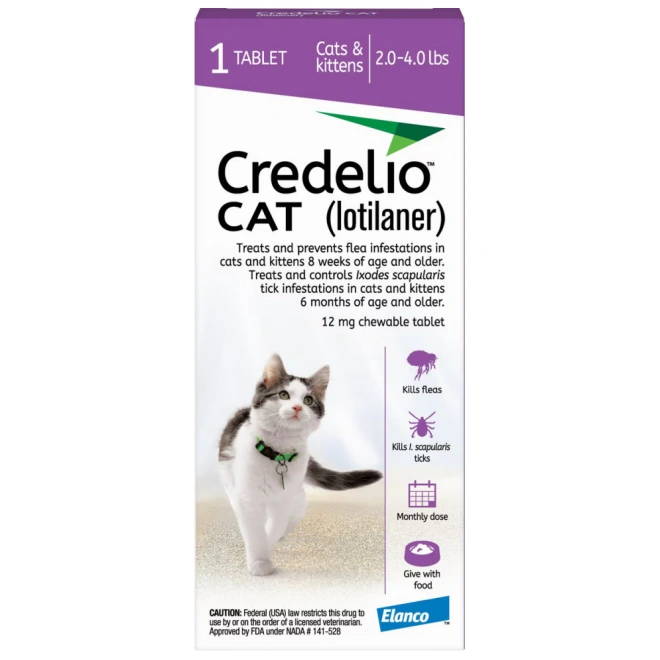
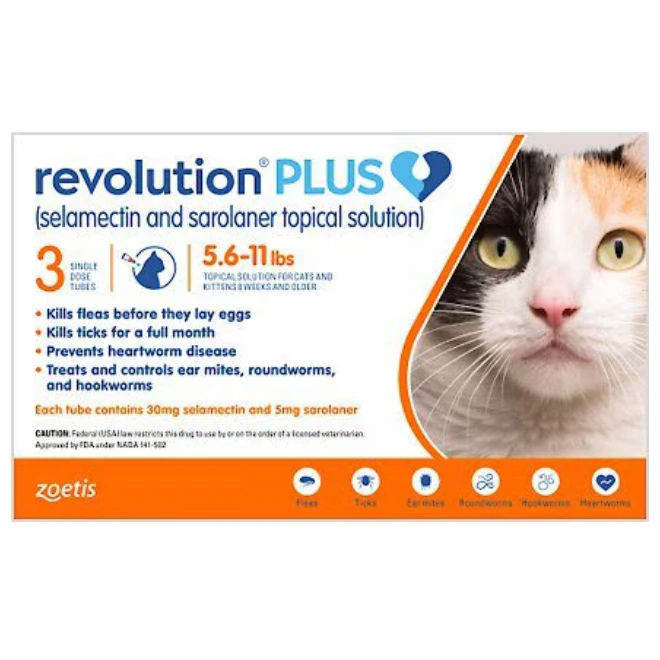
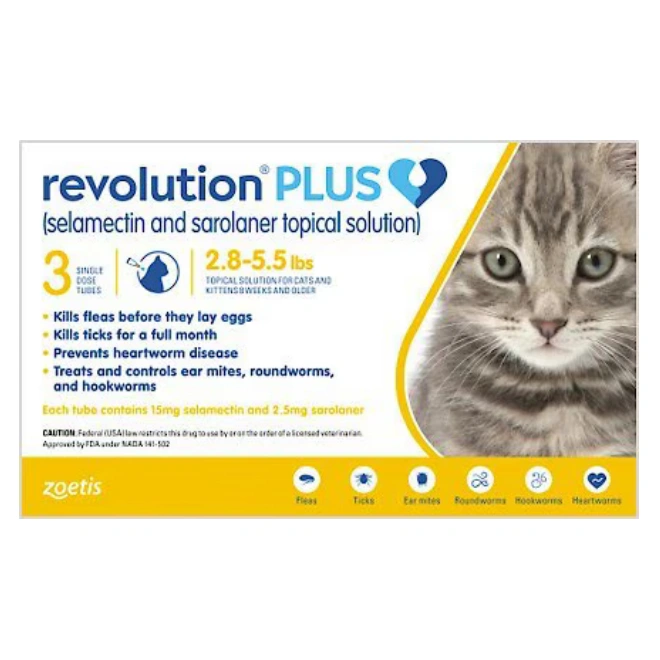








Leave a Reply